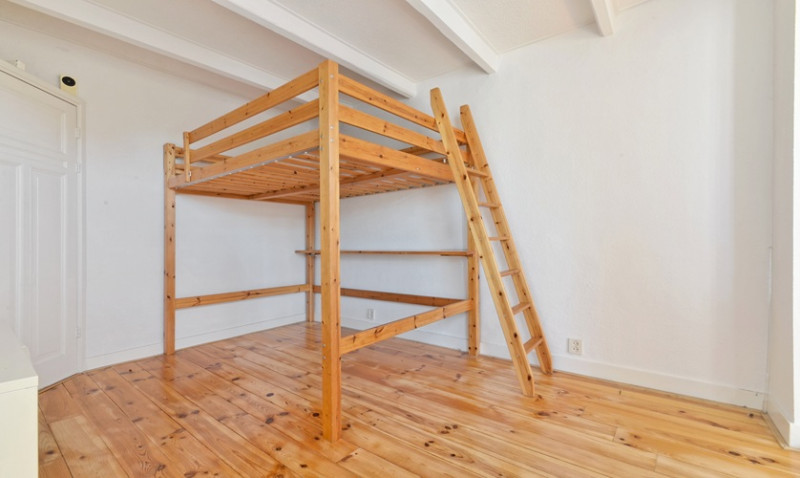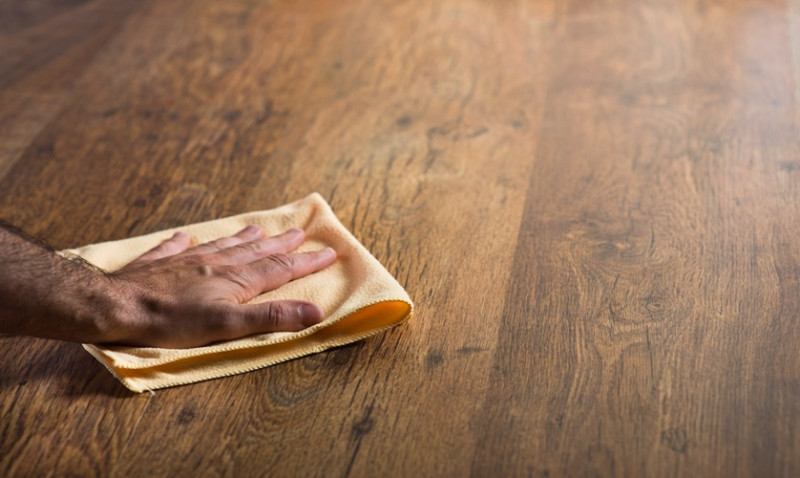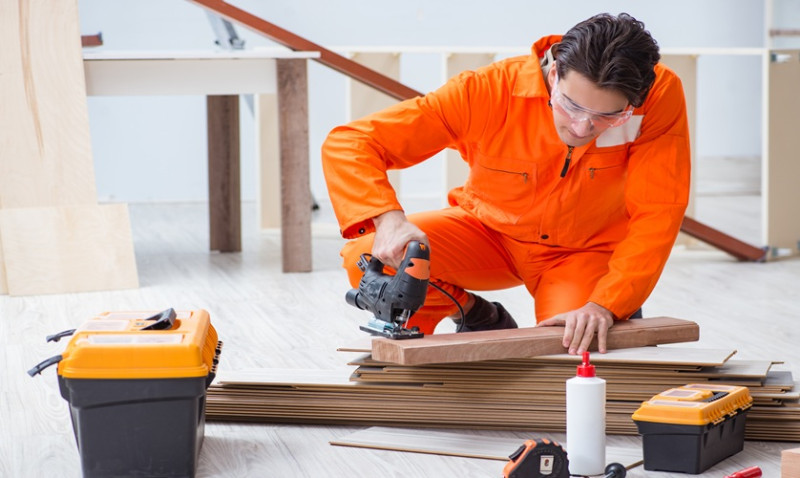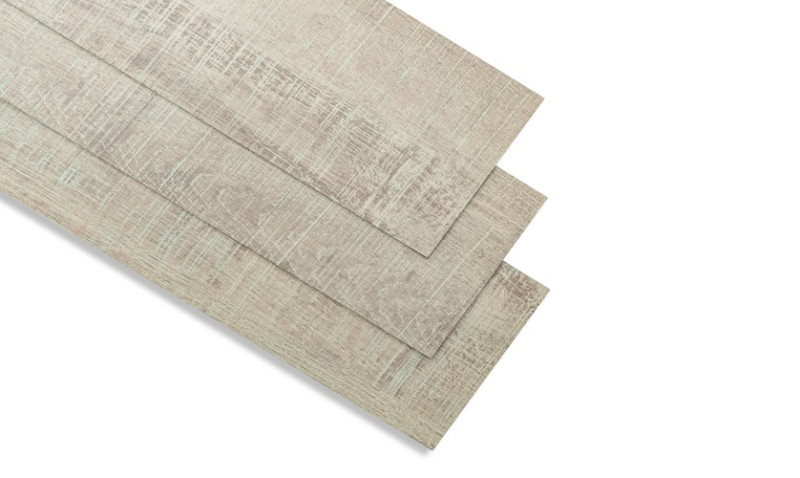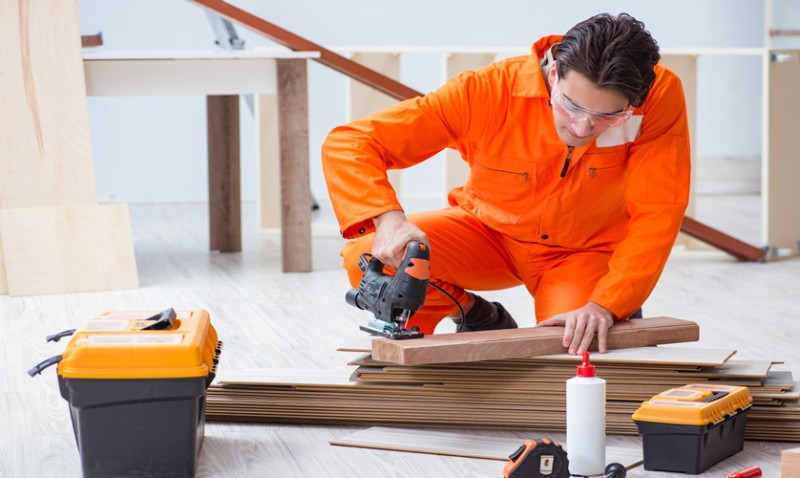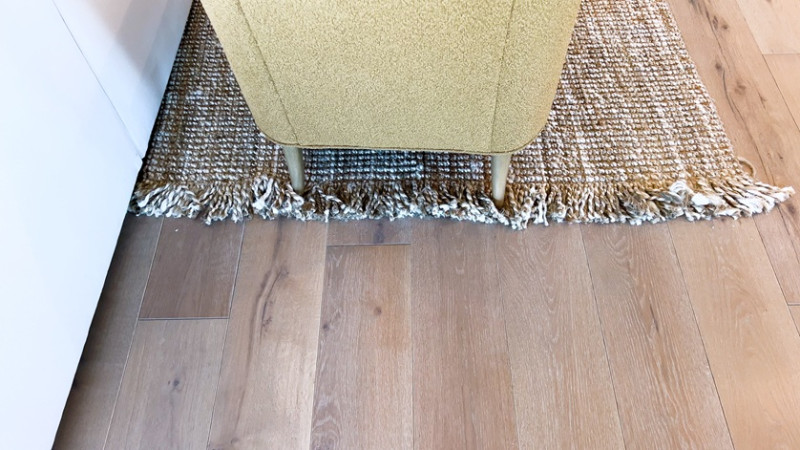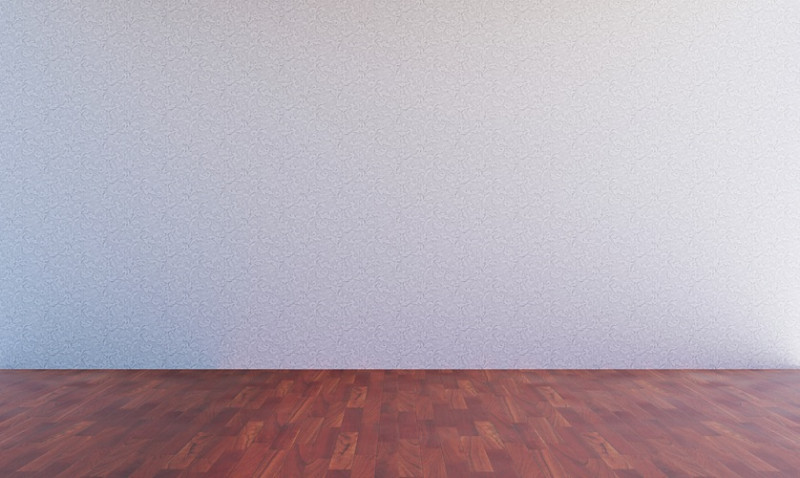
Looking to give your floor a bold new look without breaking the bank? You might be surprised to learn that the secret lies in something you likely already have lying around — scrap wood. Whether you're a seasoned tradesperson, an enthusiastic DIYer, or a design-savvy professional, transforming your floor with scrap wood is a practical, creative, and budget-friendly solution. Not only does it help reduce waste, it also offers a one-of-a-kind finish that’s impossible to buy off the shelf.
This ingenious DIY idea is gaining traction across the UK, especially among young professionals and urban dwellers seeking affordable yet unique ways to personalise their home interiors. With a bit of planning and creativity, you can turn off-cut timber into a high-impact flooring feature that adds texture, warmth, and character to any room — from rustic hallways and cosy living spaces to boutique-style bedrooms or artist studios.
Why Use Scrap Wood for Flooring?
Scrap wood isn't just excess waste; it's full of potential. Off-cuts, pallets, old furniture parts, or salvaged wood from previous renovations can all be resurrected into functional, stunning flooring designs. With sustainability becoming more central to UK home design trends, using reclaimed or leftover timber fits seamlessly into eco-conscious living practices.
Aside from environmental benefits, scrap wood also boasts incredible aesthetic value. Each piece holds its own character — knots, grains, old paint traces, nail holes — all of which contribute to a layered, textural look that tells a story. No two floors will be alike, giving your space a highly unique yet timeless feel.
Financially, the savings can be substantial. If you have leftover materials or access to free pallets, you could drastically reduce the cost of your flooring installation. Consider how much a traditional hardwood floor would cost per square metre — now imagine doing it for free or a fraction of the price.
But perhaps the most rewarding aspect is the pride of doing it yourself. Whether you're a novice or a veteran builder, installing your own floor from scrap wood can be a deeply satisfying process from start to finish.
Choosing the Right Wood for Your Project
While almost any kind of wood can be used for DIY flooring, some types will yield better results than others. Look for hardwoods if possible — such as oak, ash, maple, or beech — as they offer superior durability and long-term wear. Pallet wood can be a great option too, but always ensure it hasn’t been chemically treated (look for the “HT” stamp for “heat treated”).
One of the best places to find scrap wood in the UK is at timber yards, building sites (with permission), skips, local Facebook Marketplace groups, or community recycling centres. Even old wardrobes, bed slats, and drawer fronts can be cut down and pieced together into astonishingly beautiful patchwork flooring.
Before starting your project, inspect all wood for infestations or rot. Check moisture levels — wood that’s too moist can warp once installed. If in doubt, let the wood acclimate in your home for several days before beginning installation.
Tools and Materials You’ll Need
To execute a DIY scrap wood floor, you’ll need some basic tools and supplies. Here's a general list to get started:
| Tool/Material | Purpose |
|---|---|
| Circular saw or table saw | Cutting wood to uniform sizes |
| Electric sander | Smoothing rough spots and levelling inconsistencies |
| Wood glue / flooring adhesive | Securing planks to subfloor if not using nails |
| Nail gun or hammer and nails | Attaching wood to subfloor |
| Measuring tape and chalk line | Ensuring even installation |
| Wood filler | Filling gaps or holes |
| Wood stain or sealant | Enhancing appearance and protecting finish |
If you’re new to power tools, consider opting for hand tools and pre-cut boards for a simpler approach. As always, wear protective gear — goggles, gloves, and a dust mask are essential.
Flooring Design Ideas Using Scrap Wood
The magic of working with scrap wood lies in its versatility. Traditional plank layout isn’t your only option — creative patterns and mixed tones can create high-end designer effects with minimal expense. Here are a few inspirational ideas:
- Patchwork Effect: Mix different types and shades of wood for an eclectic, quilt-like design.
- Herringbone or Chevron: Cut scrap wood into uniform sizes and arrange in angled patterns for an elegant twist.
- Staggered Layout: Mimic classic floorboard style by staggering ends of varying lengths.
- Letterbox Strips: Combine long rectangles with short off-cuts to create geometric layouts.
- Rustic Mosaic: Piece together uniquely-shaped scraps for a creative, artistic vibe — great for feature zones.
Whichever pattern you choose, be sure to do a dry lay first — arranging planks on the floor without adhesive — to see how the final layout will look. This also gives you a chance to balance colours and grains evenly across the space.
Step-by-Step Guide to Installing Scrap Wood Flooring
Once you’ve gathered and prepped your supplies, it’s time to bring your idea to life. Below is a simplified installation guide:
- Prepare the Subfloor: Ensure the existing floor is smooth, dry, and clean. Apply a plywood sheet if needed.
- Layout Planning: Use a chalk line to mark your layout direction. Start laying from the centre or one corner, depending on design.
- Cut Wood Pieces: Measure and cut boards to your desired lengths and angles.
- Sand Each Piece: Lightly sand all edges and surfaces for a smooth fit and even appearance.
- Install: Apply adhesive on the subfloor and secure using nails or screws. Press each piece firmly into place.
- Fill Gaps: Once laid, use a wood filler that matches your stain or finish to fill minute gaps.
- Sand Entire Floor: After installation, sand the floor thoroughly to unify the surface.
- Stain or Seal: Choose natural oils for a rustic look or polyurethane-based sealants for a glossy, durable finish.
Depending on room size and design, you can complete a scrap wood floor in a weekend. Just take your time measuring and planning before committing to cuts — accuracy is everything.
Final Thoughts: A Floor That Tells a Story
Scrap wood flooring isn’t just a clever DIY project — it’s a conversation starter, a creative expression, and a bold statement of sustainable design. With so many homes in the UK embracing a fusion of modern functionality and vintage charm, now is the perfect time to give your floors a handcrafted makeover.
Whether you're redecorating a first flat, creating a stylish Airbnb rental, or adding character to a client’s property, a scrap wood floor will bring lasting value and undeniable charm. Plus, your ingenuity and craftsmanship won’t go unnoticed — as each creak of the floorboards will remind you, “I built this.”
So dust off those timber offcuts and get creative. Your dream floor might already be in your garage. #diyprojects #upcycle #homedecorUK #diyflooring #sustainableliving
